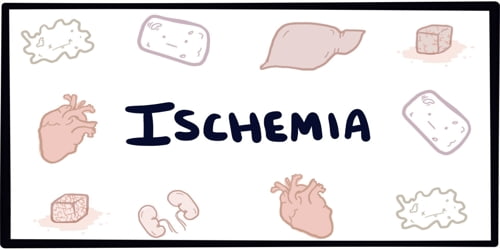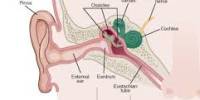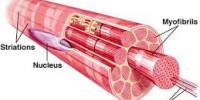While fishing is a popular hobby for many people, it is also a risky pastime. When you have something on the line, you never know what kind of fish you’ve hooked until you bring it out of the water.
Similarly, scientists “fishing” for biomarkers molecules, which have health care uses such as signaling the presence of cancer in biofluids such as blood, may confront unpredictability. Finding a specific protein biomarker among thousands is akin to trying to catch a certain fish species in a large ocean.
Luckily, a team of researchers from Syracuse University’s College of Arts and Sciences (A&S), SUNY Upstate Medical University, Ichor Therapeutics, and Clarkson University has devised a tiny, nano-sized sensor capable of detecting protein biomarkers in a sample at single-molecule precision.
A tiny protein binder, appropriately dubbed “hook and bait,” bonds to a small hole produced in a cell’s membrane known as a nanopore, allowing ionic solution to pass through it. When the sensor recognizes a targeted molecule, the ionic flow changes. This change in flow serves as the signal from the sensor that the biomarker has been found.
“These nanopores are equipped with hooks that pull certain protein biomarkers from a solution,” says Liviu Movileanu, professor of physics in A&S, who co-authored the study along with postdoctoral researcher Mohammad Ahmad. “By fishing them from the solution quickly and accurately, we can better identify and quantify protein biomarkers that are associated with various hematological malignancies and solid tumors.”
The team’s most recent study, published in Nature Communications, overcomes earlier barriers to making this technique more generalizable. Their new discoveries form the basis of a sensor design architecture that can be applied to a wide range of protein targets.
The future of medicine won’t rely as much on imaging and biopsies when diagnosing cancers. Instead, researchers will use nanosensor technology, like what we are developing in our lab, to test blood samples for the presence of various biomarkers associated with different cancers. This research is critical to the future of prognostics, diagnostics and therapeutics.
Professor Liviu Movileanu
Combining innovative technologies
For the first time, the researchers combined nanopore technology with antibody mimetic technology to create protein scaffolds that attach to and interact with a specific biomarker and behave similarly to antibodies.
Inside the body, cells create antibodies that bind to and eliminate foreign substances. In the case of therapies, scientists create tiny proteins that enter cells and promote the development of antibodies that target specific pathogens such as viruses or bacteria.
“Researchers design the scaffolds using established scaffolds from mother nature and adapt them using evolutionary mutagenesis where they scan billions of DNA mutations until they find some that interact strongly with a specific protein,” says Movileanu.
“Creating highly specific protein detection technologies will address these demands and also accelerate discoveries of new biomarkers with potential consequences for the progression of pathological conditions.”
According to Movileanu, the sensor is not only effective in clean solutions but also in complicated biofluids containing many antibodies, such as blood serum.
“Essentially you have a very specific hook that targets a very specific protein,” he explains. “Since the signal encodes the exact protein that you are targeting, this technique does not have false positives, making it practical for biomedical diagnostics.”
To validate their findings, the team tested their hypothesis using a blood serum sample. They were able to identify and quantify epidermal growth factor receptor (EGFR), a protein biomarker in many malignancies, using their method. In addition, the sensors were calibrated several times using different biophysical techniques.
At the forefront of diagnosis
While their paper only provides a concept prototype, Movileanu believes the project will have far-reaching implications. For example, by integrating the sensors into nanofluidic devices, this technology would allow scientists to test for many different biomarkers at once in a specimen, providing a fundamental basis for biomarker detection in complex biofluids.
“The future of medicine won’t rely as much on imaging and biopsies when diagnosing cancers,” says Movileanu. “Instead, researchers will use nanosensor technology, like what we are developing in our lab, to test blood samples for the presence of various biomarkers associated with different cancers. This research is critical to the future of prognostics, diagnostics and therapeutics.”
















